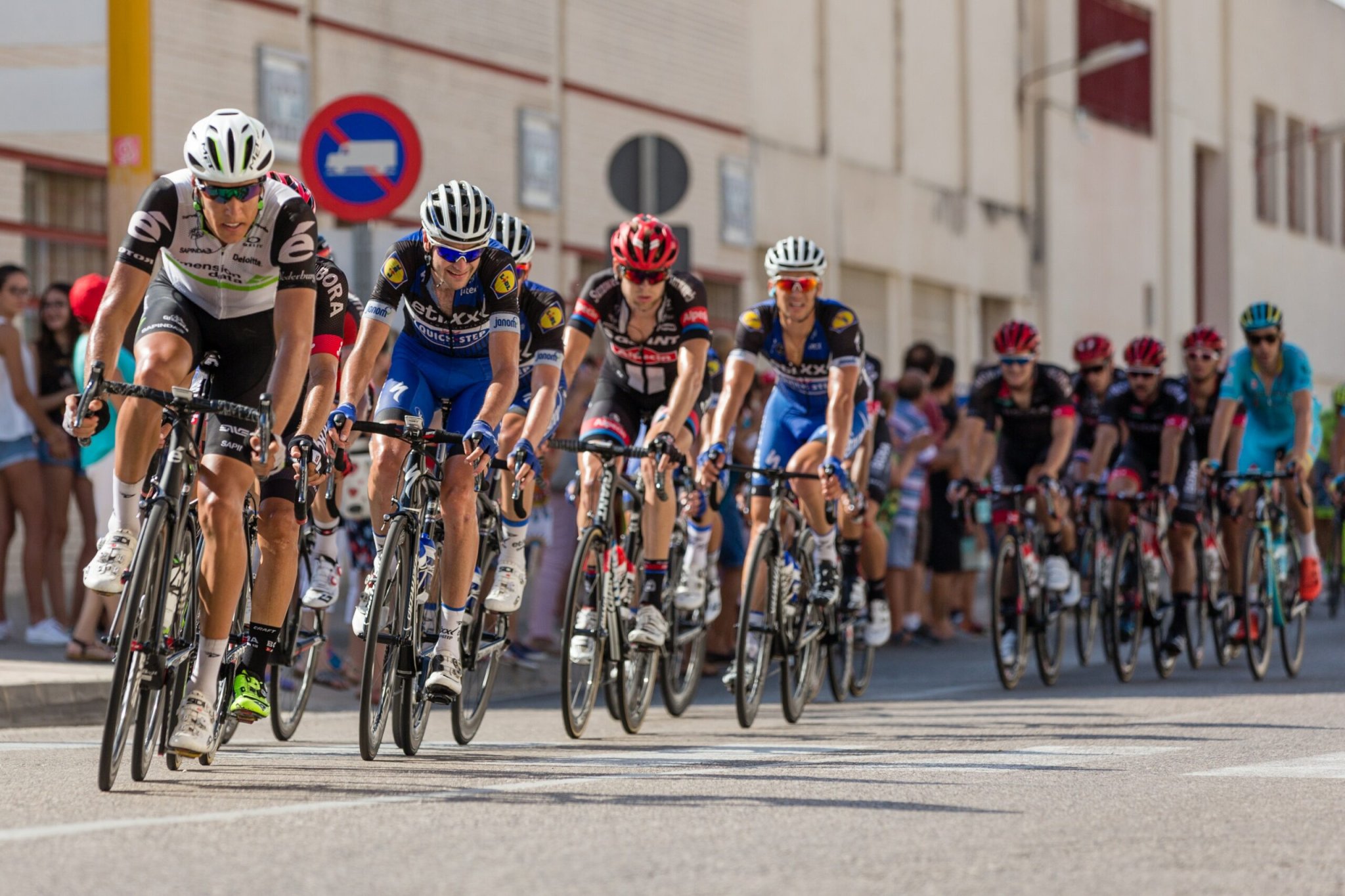


Pieter De Frenne is a big cycling fan who likes to watch coverage of the Tour of Flanders, a one-day bicycle race held every spring in Belgium. He is also the consummate scientist. So it’s not surprising that he noticed startling changes in the trees and shrubs framing many of the cobbled streets that have been part of the course for years. The landscape had morphed from totally bare to lush with greenery. “There is a remarkable difference visible in video images,” he said. “If you watch old cycling videos, the trees are often still bare, with no leaves whatsoever, whereas in recent editions, the trees are largely green with leaves or with flowers.” Decades of footage showed that climate change had altered the trees, shrubs and other plants along the course. It also demonstrated the immense value of video material from annual sporting events, which could provide a rich trove of data about the impact of our changing climate. “It can be an invaluable, still underexploited resource for climate change research and other types of biological research,” De Frenne said.

Television footage of cycling is especially suited to research as bike races typically run along fixed courses, with only minor alterations, and take place around the world, providing an excellent opportunity to examine a diverse range of species and locations that are currently understudied, he said.
Other bike races —such as the Paris-Roubaix, Liège-Bastogne-Liège and Milan-San Remo— as well as marathons, golf tournaments, outdoor car races, even news coverage of yearly open-air concerts or iconic landmarks, might also prove worthy of analysis, “as long as they’ve been organized for a couple of years and the footage stored in an archive,” De Frenne said.
De Frenne, a scientist in the forest and nature lab in Ghent University’s department of the environment, pointed out that the earlier blossoming almost certainly resulted from warmer-than-average local temperatures, which have increased nearly 3 degrees F since 1980.

“Early-leafing trees can be good news for some species as they grow faster and produce more wood,” he said. “However, their leaves also cast shadows. When trees flush earlier in the year, they shadow for a longer period of time, affecting other animals and plants and even whole ecosystems. Some of the flowers growing under these trees may not be able to receive enough sunlight to bloom. As a result, insects can go without nectar and may struggle to find enough spots to sunbathe.”
Global temperatures have been steadily increasing, the result of burning of fossil fuels. Climate change has delivered shorter and warmer winters, and earlier springs, a phenomenon that has wrought far-reaching changes to many ecosystems. Birds are altering migration and mating patterns, even the way they sing, while plants, flowers and trees are blooming earlier than in previous years. Some species have relocated to higher ground to escape the heat and stay cool. The heat even is making birds and fish shrink.
De Frenne’s research provides additional evidence of the impact of climate change that might otherwise have gone unnoticed. Phenology — the study of seasonal changes in nature — typically relies on repeated observations. For this study, archived videos allowed scientists to examine twelve tree species in the Flanders region to understand how they are responding to rising temperatures.

The researchers — who also included Lisa Van Langenhove, Alain Vandriessche, Cedric Bertrand, Kris Verheyen and Pieter Vangansbeke, all from Ghent University — examined four decades of footage and spent more than 200 hours over the course of a month in the archive of the VRT, which is Belgian national television. Their study appears in the journal Methods in Ecology and Evolution.
They found that the timing of the trees produced leafs and flowers earlier in response to warmer temperatures. Before 1990, almost no trees had grown leaves at the time of the spring race. TV footage showed that after 1990, however, more and more trees were seen in full leaf, especially magnolia, hawthorn, hornbeam and birch trees.
“We found that especially the temperature in the three or four months before the video affected the leafing and flowering, and we saw an acceleration, with more and more green trees visible in the video archive every year up to the most recent edition,” De Frenne said. The Tour of Flanders takes place at almost the same time every year and, although the course can change, “we selected our tree individuals for analysis on cobblestone sections that are clear landmarks along the course that are easy to find back in the footage and also appear almost annually in the race,” he said.
“Our method could also be used to collect data on other aspects important for ecological or evolutionary research, such as tree health, water levels in rivers and lakes, and the spread of invasive species,” he added. “Only by compiling data from the past will we be able to predict the future effects of climate change on species and ecosystems.”
Marlene Cimons writes for Nexus Media, a syndicated newswire covering climate, energy, policy, art and culture.
